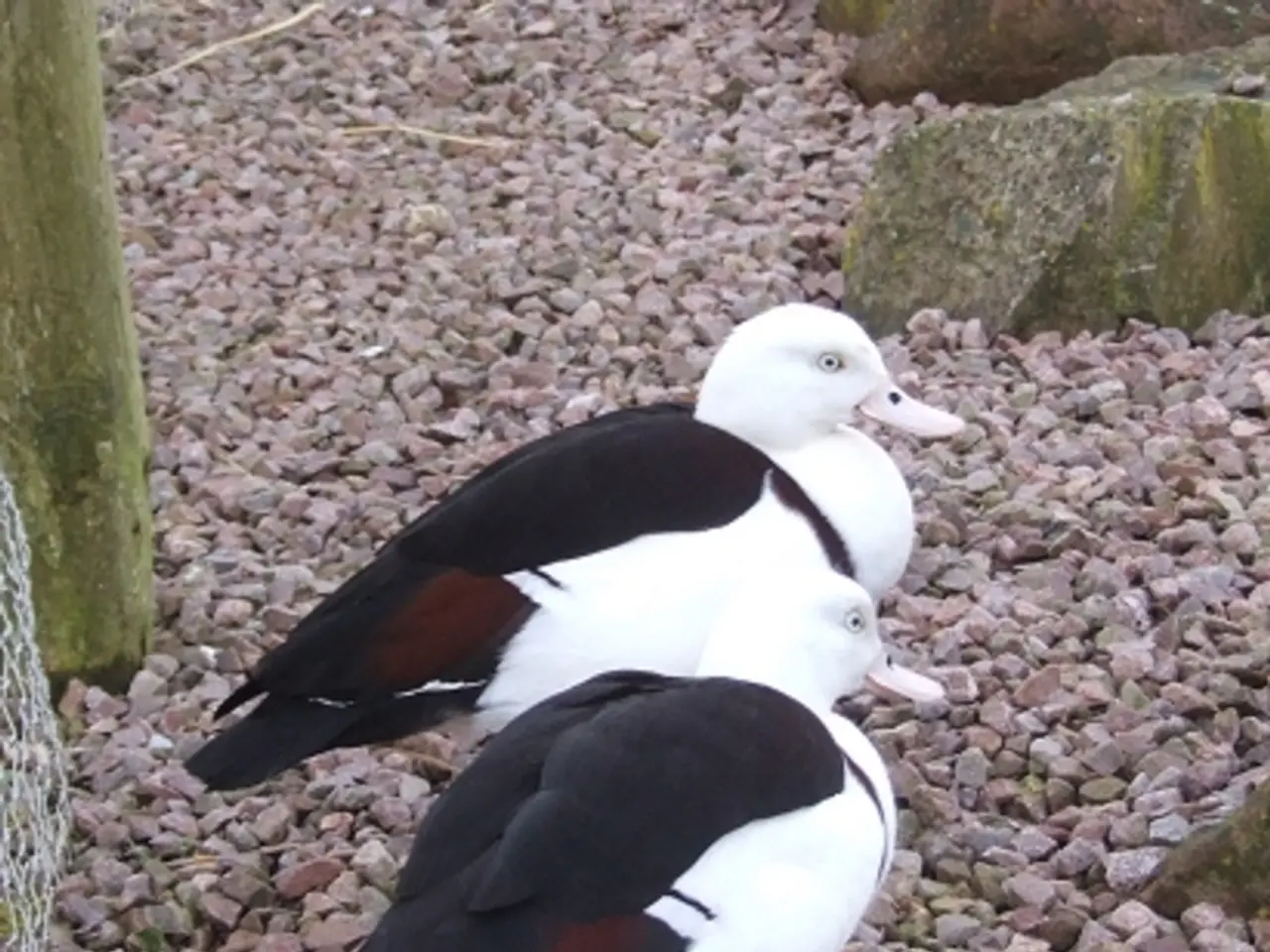Creative and Innovative Designs for Rock Gardens
Creating Captivating Gravel Gardens: A Guide for Garden Enthusiasts
Gravel gardens, a popular and versatile addition to any outdoor space, offer a unique blend of functionality and aesthetic appeal. These gardens can be found in various settings, from contemporary plantings to wildlife-focused areas, and even in tricky shapes where traditional flower beds are not possible.
To create a successful gravel garden, it's essential to consider the location. The ideal spot is a sunny area with sandy, free-draining soil. However, for heavier soils, digging in organic matter and grit can help improve drainage.
The choice of plants for a gravel garden is vast. Low-growing plants such as creeping Jenny, Corsican mint, or ground cover sedums work well in small gravel gardens. For a more dramatic backdrop, silver-leaved plants like sage and rose campion can be attractive choices. Pots can act as focal points, and gravel looks particularly attractive beneath container displays.
For those looking to incorporate a gravel garden into their front garden or driveway, this design choice provides a softer look than hard landscaping and is beneficial for wildlife. In addition, small gravel areas can be used for planting herbs like thyme in gaps between paving stones.
Beyond these traditional applications, gravel gardens can be creatively integrated throughout the landscape. Varying rock sizes and placement for visual interest, creating defined gravel paths, building natural stone fences or low walls, incorporating rock piles or pebble areas, and using gravel combined with natural rock accents to emphasize a rustic or woodland garden vibe are just a few ideas to consider.
When it comes to sourcing plants and materials for a gravel garden, Crocus, Organic Plant Nursery, and Sarah Raven are excellent places to start for plants. For gravel and landscape fabric, online retailers such as Amazon, eBay, and Stone Warehouse are convenient options. It's crucial to look for ethically sourced gravel, such as locally sourced or recycled gravel, to minimize environmental impact.
Gravel gardens are an attractive way to create a drought-tolerant, low-maintenance display, particularly for Mediterranean plants such as lavender, cistus, eryngiums, phlomis, bulbs, and grasses. These gardens also conserve soil moisture due to the gravel itself.
A miniature garden can be created in a trough or container with plants like sedums, cacti, or alpines surrounded by gravel. For added wildlife appeal, consider adding a pond to attract birds, frogs, newts, and dragonflies. A seating area can also be created in a gravel garden, surrounded by views of plants in all directions.
When buying gravel for a garden, avoid gravel that is too big and choose a color that complements the hard landscaping or house. A thick layer of gravel helps to suppress weeds in gravel gardens.
In conclusion, gravel gardens offer a wealth of design possibilities, from contemporary plantings to rustic, wildlife-focused areas. By considering the location, choosing suitable plants, and creatively integrating gravel and natural materials, you can create a captivating and low-maintenance outdoor space that will delight for years to come.
Incorporating a gravel garden into your home-and-garden design can aid in creating a unique lifestyle that is both functional and aesthetically pleasing. With the vast variety of plants suited for gravel gardens, such as creeping Jenny, sage, and sedums, you can design a garden with a touch of natural beauty.
For those with a love for home-and-garden and gardening, exploring the versatility of gravel gardens can lead to a rewarding exploration of design possibilities, resulting in a captivating and low-maintenance outdoor space that enhances your lifestyle.




